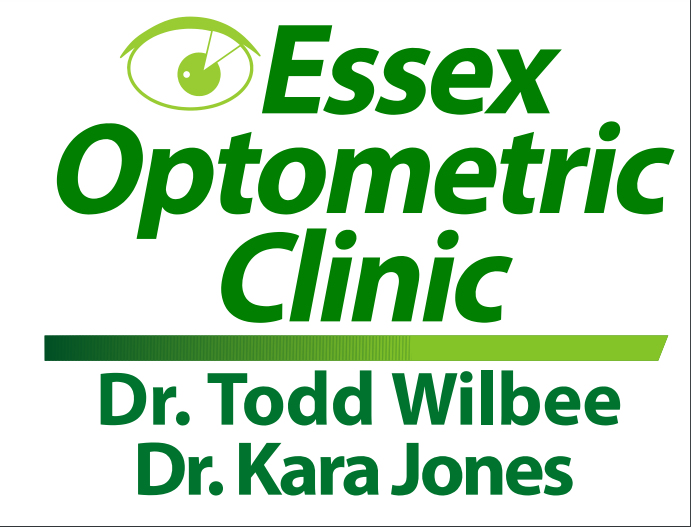Pregnancy causes changes to women on many levels, physically and emotionally. One health concern that may go unmentioned during a pregnancy is the visual changes that can occur.
Systemically there are huge hormone level alterations occurring in pregnant women. Females experience increases in hormone levels that can cause changes in blood, cardiovascular function, and immunology. In terms of ocular changes, women may experience difficulty in focusing on objects due to increased corneal thickness and curvature.. Commonly, small fluctuations in eyeglass prescriptions occur. Fortunately, the variations experienced are typically transient. For this reason it is not wise to consider refractive eye surgery while pregnant or breast feeding.
There have been a few reported cases of pregnant women who experience minor losses in their peripheral vision for a short period of time.
Women can also suffer from pregnancy-induced dry eye. This can be intensified with contact lens wear. Artificial tear supplements can be used to minimize these symptoms. Some women need to be refitted with different contact lenses that are more suited for dry eye conditions.
Eye pressure in the eye typically decreases in the third trimester. Women who are prone to uveitis (inflammation inside the eye) are more likely to suffer a reoccurrence during pregnancy.
Pregnant women who are diabetic are of particular concern. Properly maintaining control of blood glucose levels is crucial to the mother and baby. Pregnancy can speed the progression of diabetic retinopathy, which is a type of sight threatening retinal disease that occurs in diabetics. Diabetes that occurs only during pregnancy (gestational diabetes) typically does not cause diabetic retinopathy.
Women frequently ask if they are able to use prescription eye drops while pregnant. Over the counter artificial tear supplements are of no concern to pregnant women and the baby. Most prescription topical eye medications such as anti-histamines, anti-inflammatories, anti-virals and antibiotics drops do not pose a serious risk to the fetus. Glaucoma eye drops should be stopped during the first trimester. There are no concerns when your optometrist instills pupil-dilating drops as well. To minimize any potential effect from topical eye medications, gently pressing on the inner corner of the eye after instilling the drop ensures more of the drop absorbs into the eye and less systemically. In fact this is a useful tip for anyone instilling eye drops. There are tear ducts in the inner corner of each eye that drains tears from the eye into the nose and ultimately into the throat. Applying gently pressure onto the inner corner of the eyelids helps reduce the drainage into the nose ensures greater absorption into the eyeball.
Women who suffer from preeclampsia (gestational hypertension) can experience temporary vision loss from retinal swelling and hemorrhages.
Not all pregnant women will experience the conditions mentioned above. Rest assured that in most cases they are temporary. Most changes that occur during pregnancy usually return to normal several months after delivery. Should you have any concerns about the affect your pregnancy is having on your vision, do not hesitate to contact your local optometrist.
